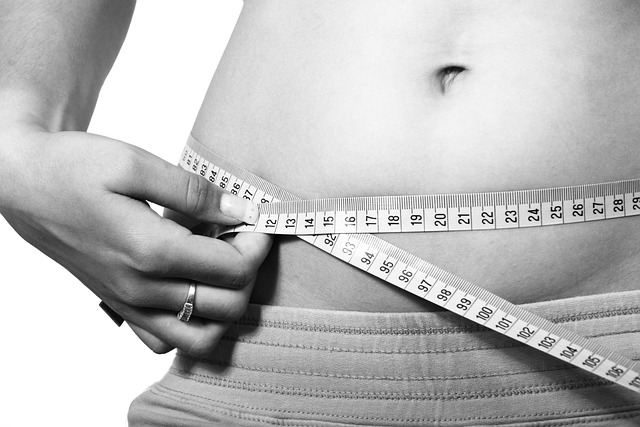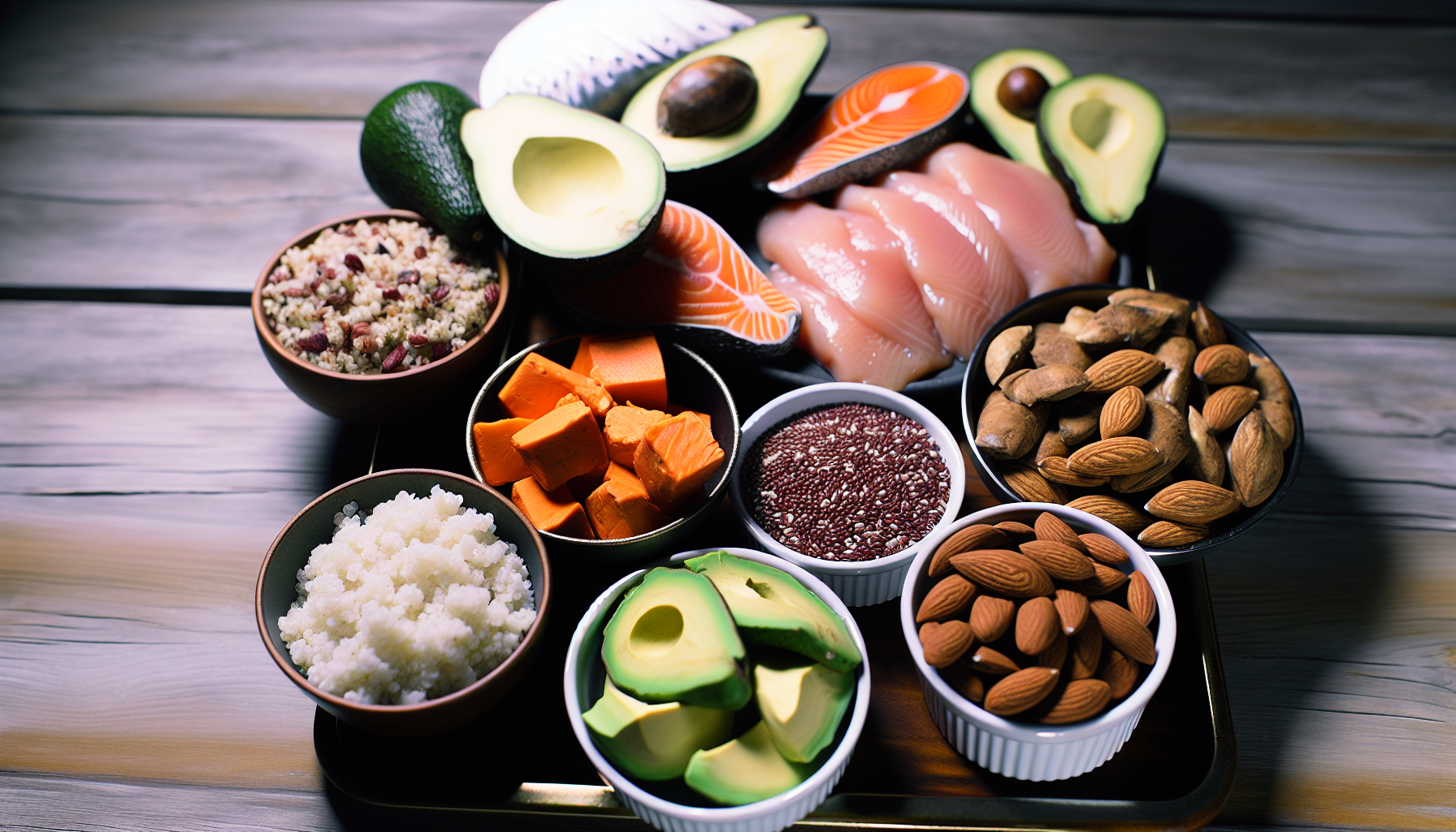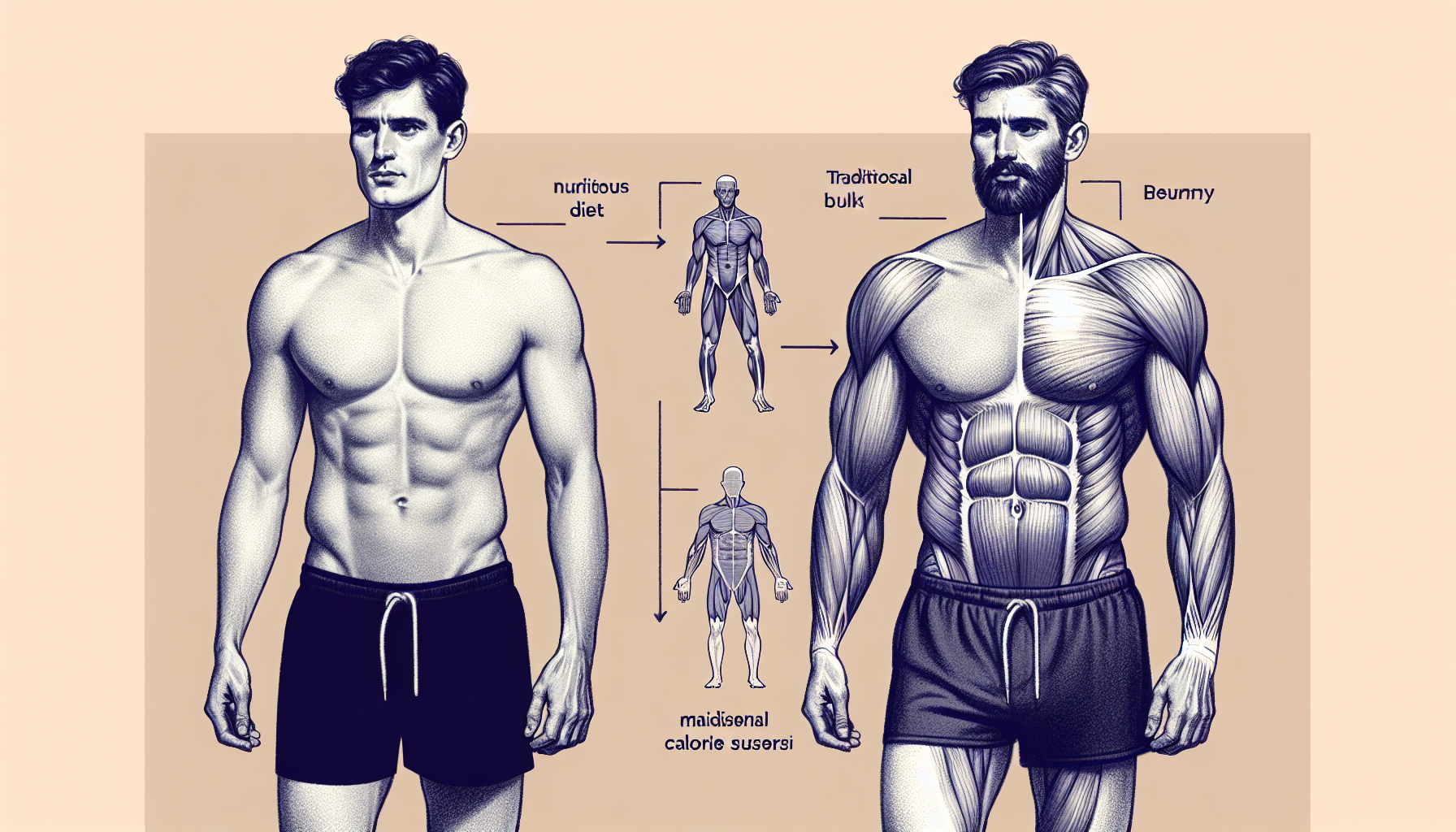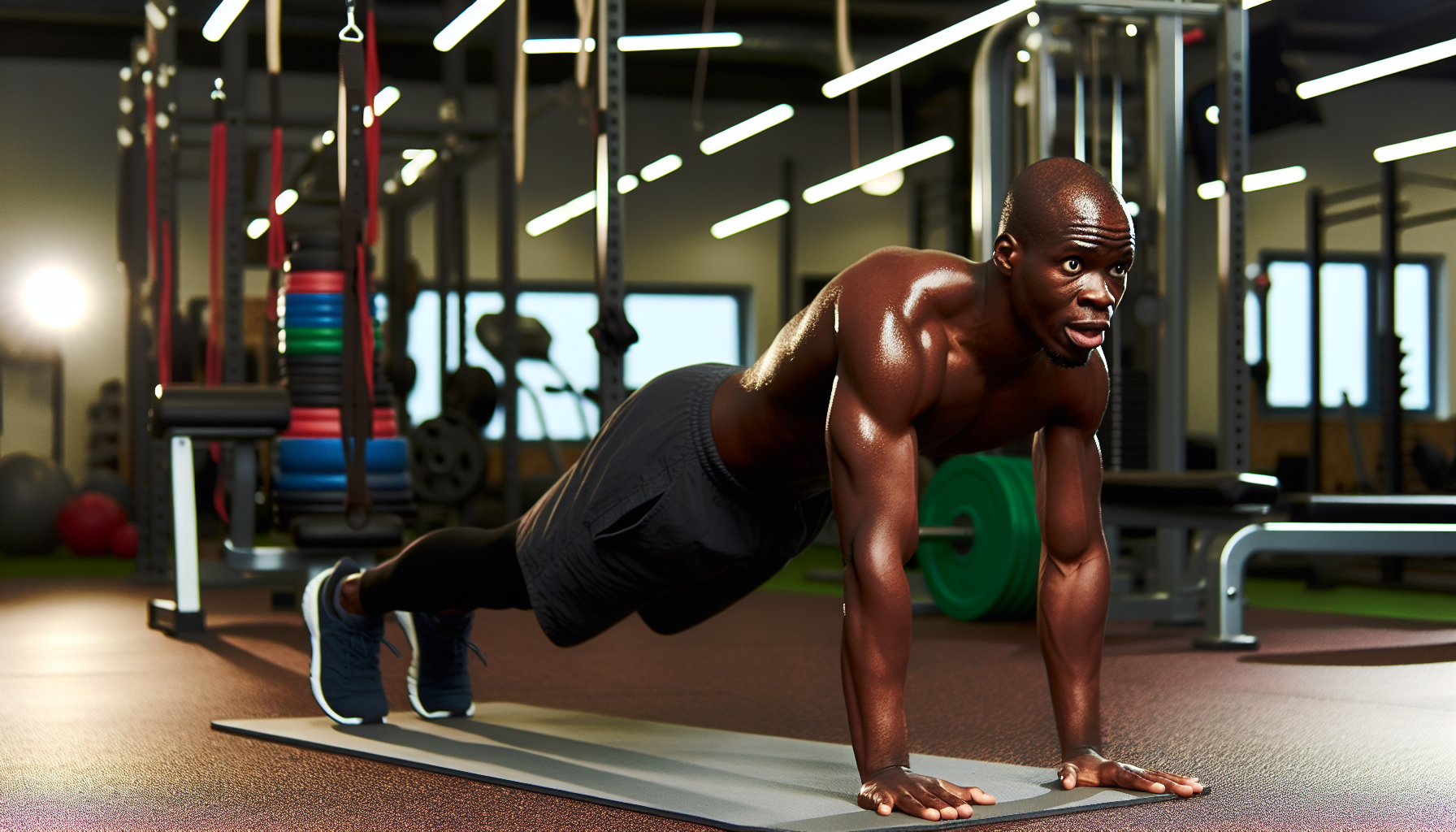
Maximizing Muscle: Should You Train Your Abs While Bulking?
If you’re bulking, should you train your abs while bulking? Absolutely. Core exercises play a crucial role even when you’re focused on increasing muscle mass. Far from being pointless, training your abs while bulking supports strength, aids stability, and lays the groundwork for muscle definition down the line.
This article will guide you through the importance and effective strategies for incorporating ab training into your bulking phase.
Key Takeaways
- Core training is essential during bulking, not just for muscle balance and support but also to minimize injury and enhance athletic performance, including better balance and stability.
- Directly training abs 2-3 times a week with high intensity and progressive overload is optimal for muscle growth, but it’s important to listen to your body and include rest for recovery.
- Nutrition is key when bulking, with a focus on lean proteins, complex carbohydrates, and healthy fats to aid muscle growth and recovery while keeping fat gain at bay.
The Role of Core Training in Your Bulking Journey

When it comes to bulking, you might think primarily about packing on size in areas like your arms, chest, and legs, and core training might not be at the top of your list. But, bulking effectively demands a rigorous and regular core training regimen as it provides necessary balance and support to other muscle groups, thus enhancing overall body strength.
Training core strength can have several benefits, including:
- Minimizing the likelihood of back pain and injuries
- Promoting safe lifting during bulking by maintaining a neutral spine position
- Augmenting proprioceptive abilities (your awareness of your body’s position and movements)
- Enhancing athletic performance, as the core plays a role in almost every movement
- Training the muscles around the trunk, pelvis, lower back, hips, and abdomen to work in concert, which enhances stability.
The Truth About Abs and Body Fat During a Bulk
The visibility of abs during bulking is a topic that often leads to confusion. So, let’s set the record straight. Visible abs are typically seen at a body fat percentage of around 10-14% for men and 16-20% for women, and their visibility can be obliterated by fat gain during a bulk.
However, this does not mean that training abs during bulking is pointless. A common misconception is that ab training during bulking is pointless as abs won’t be visible, which is not true since fat gain during a bulk does not always lead to significant obscuration of abs. In fact, training abs during a bulk can still contribute to muscle growth as the extra calories aid recovery, and ab foundation can be built even if not immediately visible.
Remember, factors like your overall diet, bulking method, individual body composition, and genetics also significantly influence abs visibility, not just the ab workouts. So, while it’s not typically possible to keep six-pack abs fully visible during a bulking cycle focused on maximum muscle growth due to increased body fat, with the right approach, you can still maintain or build abs during a bulking phase through regular ab workouts and a diet rich in lean proteins, complex carbohydrates, and healthy fats.
Frequency and Intensity: How Often to Hit the Abs
In the realm of abs training, the quality of your workouts always surpasses their quantity. To train abs effectively, directly training them two to three times per week is sufficient for muscle growth and strength gains, while allowing for recovery. Overtraining the abs can lead to injury, plateaued strength gains, or a decrease in performance, highlighting the necessity of listening to your body’s signals and incorporating rest days.
For achieving maximum muscle growth, one should consider training the abs with an intensity nearing muscle failure and apply the principles of progressive overload. This means gradually increasing the weight, frequency, or number of repetitions in your strength training routine. However, keep in mind that safety is paramount; avoid heavy lifting sessions when the abs are sore to prevent compromised recovery and safety during workouts.
Balancing Act: Integrating Ab Work with Other Muscle Groups
While focusing on abs, we mustn’t neglect other muscle groups. Squats and deadlifts, while primarily targeting other muscle groups, require strong abdominal bracing which can contribute to core strength and indirectly benefit ab development during a bulking phase. Functional core strength is crucial for improving performance in major compound movements like squats and deadlifts, highlighting the need for dedicated core training beyond aesthetic goals.
Moreover, it is essential to balance the incorporation of ab workouts with other training exercises during bulking to prevent overworking the core muscles, ensuring overall muscle development without overtraining. Integrating exercises such as hanging leg raises, weighted cable crunches, and bicycle crunches can effectively complement the core engagement in a workout routine with squats and deadlifts during bulking.
Targeted Ab Exercises for Bulking Phases

Which exercises should be included in your bulking phase for abs development? Engaging in bodyweight core exercises such as planks, situps, and bridges during a bulking phase can enhance stability and core strength without the need for equipment. Maintaining a focus on the quality of movement, such as in ab rollouts and planks, ensures effective core engagement and reduces the risk of injury while striving for muscle growth.
However, if you’re seeking to build your abs during bulking, incorporating weighted and equipment-based exercises can intensify the workout and target specific abdominal regions. Some exercises to consider are:
- Hanging leg raises
- Machine crunches
- Russian twists
- Bicycle crunches
- Cable woodchucks
These exercises can promote full ab development and support overall muscle gains during bulking.
Navigating Nutrition: Fueling Your Abs and Bulk

Nutrition significantly determines muscle growth and abs definition during bulking. Here are some key factors to consider:
- Adequate protein intake is crucial for muscle protein synthesis, essential for muscle growth and recovery.
- Different proteins provide a sustained amino acid release.
- Carbohydrates fuel workouts and prevent protein from being used as energy.
- Healthy fats support overall health and moderate intensity exercises.
However, it’s not just about the amount of calories you consume but also the quality of these calories. Focusing on lean proteins, complex carbohydrates, and healthy fats can help build muscle without excessive fat gain. Consistent meal timing, including a protein-rich snack before bed, supports overnight muscle repair and growth.
Lean Bulking vs. Traditional Bulking: Impact on Abs

When it comes to bulking, there are two main approaches: lean bulking and traditional bulking. Lean bulking with a moderate calorie surplus and a balanced diet is more effective in maintaining abs definition compared to traditional bulking, which involves a higher calorie surplus and may obscure abs visibility. Traditional bulking can lead to less defined abs due to an increase in body fat, whereas lean bulking maintains a lower body fat percentage, aiding abs visibility.
However, while it’s feasible to maintain or enhance abs during bulking, one’s genetics significantly impact abs visibility, enabling some individuals to more easily maintain visible abs during bulking phases. Therefore, the type of calorie surplus in lean bulking, which encourages healthy food choices, tends to support better abs definition compared to dirty bulking, which often relies on unhealthy calorie sources.
Realistic Expectations: Setting Achievable Goals for Abs and Bulking
Establishing achievable goals for abs and bulking is vital for sustaining motivation and securing success. Understanding one’s unique body composition and genetic upper limit of muscle gain informs a realistic goal-setting process for bulking. For men under the age of 30, the potential muscle gain is around 40 to 50 pounds over their lifting career, and for women, it’s roughly 20 to 25 pounds, influenced by genetics and bone structure. Utilizing this knowledge helps individuals tailor their approach to bulking, ensuring their goals align with what is physically attainable. When deciding between a dirty bulk vs clean bulk, it’s crucial to weigh the potential for quicker weight gain against the risk of excessive fat accumulation. A clean bulk focuses on lean muscle growth through controlled calorie intake and nutrient-dense foods, while a dirty bulk prioritizes rapid weight gain without strict dietary concerns, which may require more intensive cutting later on.
Furthermore, it’s important to anticipate non-linear progress in muscle gain and fat loss, with potential periods of plateauing, to help set realistic expectations and encourage perseverance. Various individual lifestyle factors, such as stress levels, sleep quality, medications, and overall health status, can affect the rate of muscle gain and fat loss. Therefore, maintaining motivation can be supported by acknowledging both quantitative progress, like body composition, and qualitative benefits such as strength gains and improved vitality.
Advanced Techniques for Maintaining Core Definition
Utilizing advanced techniques such as supersets, compound sets, and activation-based exercises can help maintain core definition during bulking. Here are some techniques to consider:
- Supersets: Enhance the intensity of a workout and improve muscle recovery between sets by pairing exercises for antagonistic muscle groups (such as biceps and triceps) or completely unrelated muscle groups (like lunges and biceps curls). When designing supersets, it’s crucial to avoid pairing two spine-compressive movements to prevent spinal injuries and instead mix compressive exercises (like squats) with decompressive movements (such as pull-ups).
- Compound sets: Combine two exercises that target the same muscle group to increase muscle activation and stimulate muscle growth. For example, pairing bench press with push-ups or squats with lunges.
- Activation-based exercises: Focus on exercises that activate and engage the core muscles, such as planks, Russian twists, and mountain climbers. Remember to prioritize the posterior chain for stability and to consult with a fitness professional before incorporating these techniques into your workout routine.
Compound sets increase workout intensity by focusing on the same muscle groups, through combinations like push-ups and dumbbell bench presses, while pre-fatigue techniques shift the muscle workload by tiring one group, like the quadriceps, before engaging others, such as the hamstrings and glutes, in squats. Activation-based compound sets involve performing an explosive movement, such as squat jumps, immediately before a heavy compound lift, like squats, to enhance the primary exercise performance and further engage the core muscles.
Myth-Busting: Separating Fact from Fiction in Ab Training

Numerous myths about ab training during bulking are prevalent. One such myth is that abs only need to be worked on during cutting phases. This myth is debunked by acknowledging that abs, like any other muscle group, need to be exercised to grow and become more defined. Engaging in core exercises can help tone abdominal muscles, contributing to more defined abs, which complements the aesthetic goals of bulking. Some core exercises to consider include:
- Planks
- Russian twists
- Bicycle crunches
- Leg raises
- Mountain climbers
Incorporating these exercises into your bulking routine can help you achieve the desired results for your abs.
Another common misconception is that water retention can obscure ab visibility. While it’s true that water retention can temporarily obscure ab visibility, it can be managed with a balanced diet and regular exercise. Furthermore, genetics and body composition play a significant role in how easily one can get abs, influencing factors such as where fat is stored and how quickly muscle is gained.
Therefore, bodybuilders typically bulk for several months before switching to a cutting phase to reveal muscle definition, but individual timelines may vary based on personal goals and body response.
Listening to Your Body: Adjusting Your Routine for Optimal Results
A cornerstone of any fitness regimen is attuning to your body’s signals. This is crucial because it helps prevent injuries and ensures that the energy consumption aligns with the body’s recovery needs. When progress halts during a workout routine, it indicates that the body has reached a plateau and it’s time to change the program by manipulating variables like:
- frequency
- intensity
- time
- mode of exercise
Additionally, feelings of boredom or physical drain after a workout can be a sign that the current regimen has run its course and needs to be adjusted. A workout that no longer feels challenging signifies that it’s time for new exercises or equipment to maintain effectiveness. With this in mind, always keep an open mind and be ready to adjust your routine for optimal results and to embrace the challenge.
Summary
In conclusion, core training during bulking is not only beneficial but essential for overall body strength, balance, and injury prevention. Even though the visibility of abs during bulking may be less due to an increase in body fat, training abs during a bulk can still contribute to muscle growth.
Remember, genetics, diet, and individual body composition play a significant role in abs visibility, and setting realistic goals based on these factors can help you stay motivated during your fitness journey. Most importantly, listen to your body and adjust your routine accordingly to prevent injuries and achieve optimal results.
Frequently Asked Questions
Should I train abs if I’m fat?
Yes, you should train your abs even if you have some belly fat. Incorporating ab exercises into your workout routine can help improve your health and aid in weight loss. It’s always a good idea to consult with a doctor before making significant changes to your fitness routine.
Is it better to cut or bulk to get abs?
Cutting is better to get abs because it decreases body fat percentage, highlighting your abs, while bulking can increase body fat, obscuring them.
How often should I train my abs?
You should train your abs directly two to three times per week for muscle growth and strength gains, while giving them enough time to recover.



